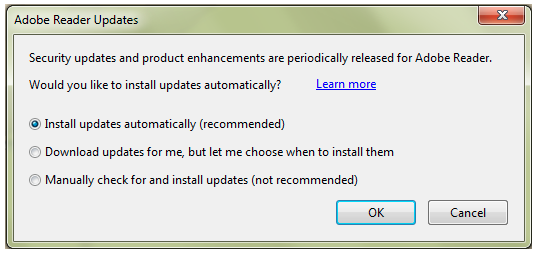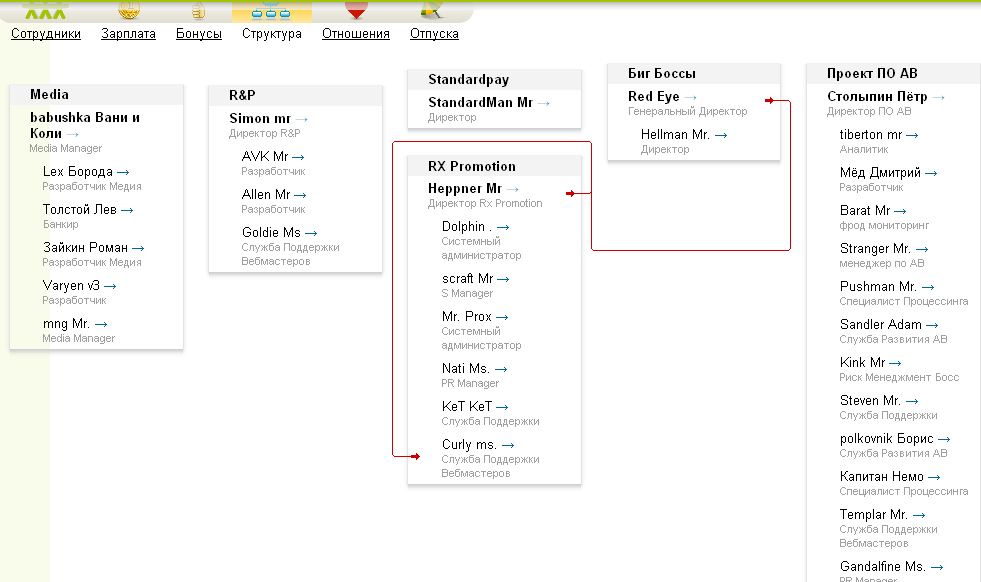Microsoft on Tuesday released 16 software updates to fix at least 34 security vulnerabilities in its Windows operating systems and other software. More than half of the updates address flaws Microsoft rates “critical,” meaning the bugs can be exploited with little to no user interaction.
For organizations that need to test patches before deploying them, Microsoft said four of the updates deserve priority:
- MS11-042 (DFS). This bulletin resolves two privately reported issues affecting all versions of Windows.
- MS11-043 (SMB Client). This bulletin resolves one privately reported issue affecting all versions of SMB Client on Windows.
- MS11-050 (Internet Explorer). This security bulletin resolves 11 privately reported issues in Internet Explorer.
- MS11-052 (Windows). This bulletin resolves one privately reported issue in Windows and is also Critical.
Another update, labeled “important,” fixes at least eight security problems in all versions of Microsoft Excel, including Office for Mac.
More information on this week’s updates is available at this summary. Updates are available from Windows Update and via Automatic Updates. You may want to set aside some time for this update package: Among the critical patches is an update for Microsoft’s .NET software, and .NET updates are typically bulky. If you experience problems after applying any of the updates, please leave a note about it in the comments below.















